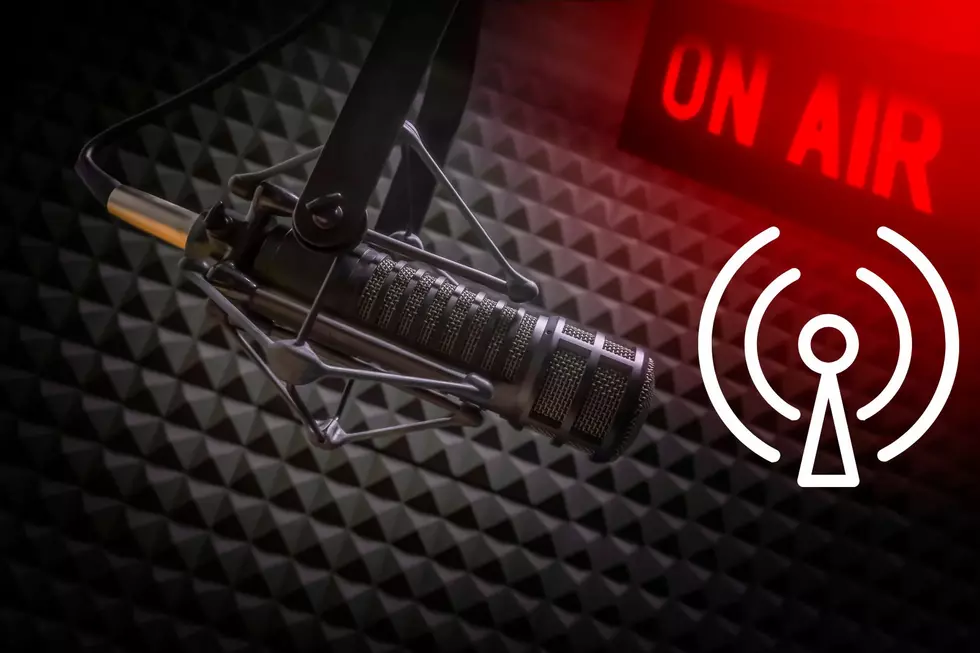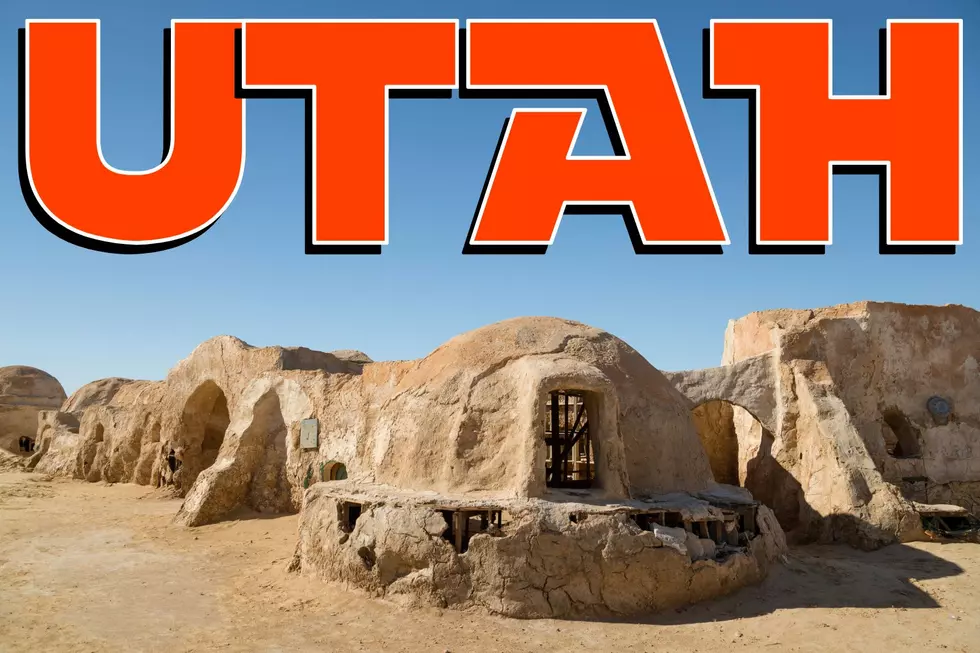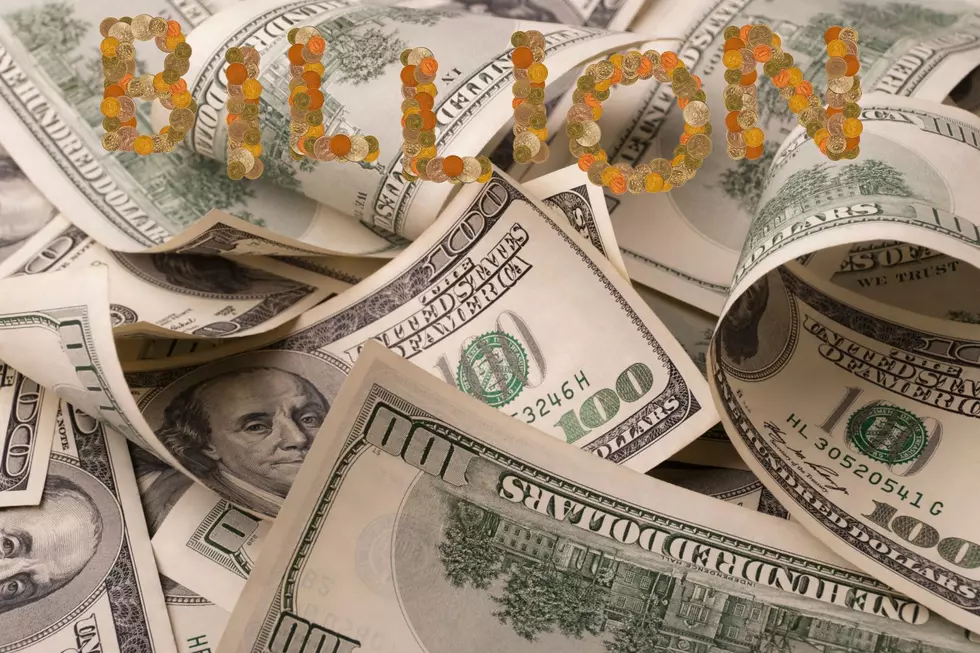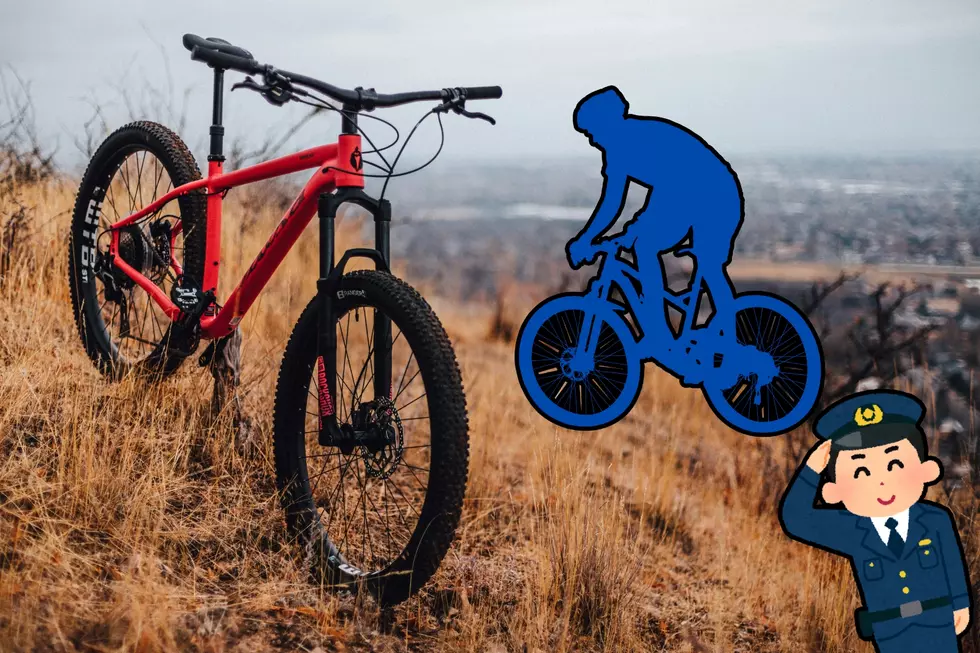Centuries old Spanish Coins now Believed to be From Modern Coin Collection
Glen Canyon National Recreation Area’s investigation of centuries old Spanish coins turned into the park has provisionally concluded the coins are authentic.
However they were probably part of a modern coin collection, perhaps accidentally or intentionally dropped by a visitor to Lake Powell.
A hiker in the Halls Crossing area discovered two small coins and turned them into the park for further study.
The coins are being stored in a climate controlled environment to protect them and are not on public display.
Spanish coin experts Dr. Fernando Vela Cossio and Luis Fernando Abril Urmente assisted with the identification.
The park visited the site where the coins were found and believes their presence near Halls Crossing is modern, based on three observations.
First, the dates of the two coins are widely divergent (1662-1664 and 1252-1284) and are significantly earlier than the Dominguez and Escalante Expedition of 1776, the first known Spanish presence in the area.
Second, the coins were found in a scatter of modern houseboat trash that included 15 United States coins dating from 1974 to 2016.
Third, the coins were found in a canyon bottom, a setting unlikely to preserve ancient deposits.
The lack of nearby places having potential to contain ancient deposits suggests the coins are not associated with 17th or 18th century Native Americans or Spanish explorers.
The coins do tell two important stories.
First, the visitor who found the coins and turned them into the park showed great respect for the history and resources in the park and instead of keeping them, ensured everyone could learn about the coins.
Second, the coins’ exact location and what they were found with has contributed to educated guesses about their history.
This is why archeological artifacts should be left in place and reported to the land management agency: where they are is just as important as what they are.
More From KDXU 890 & 92.5








